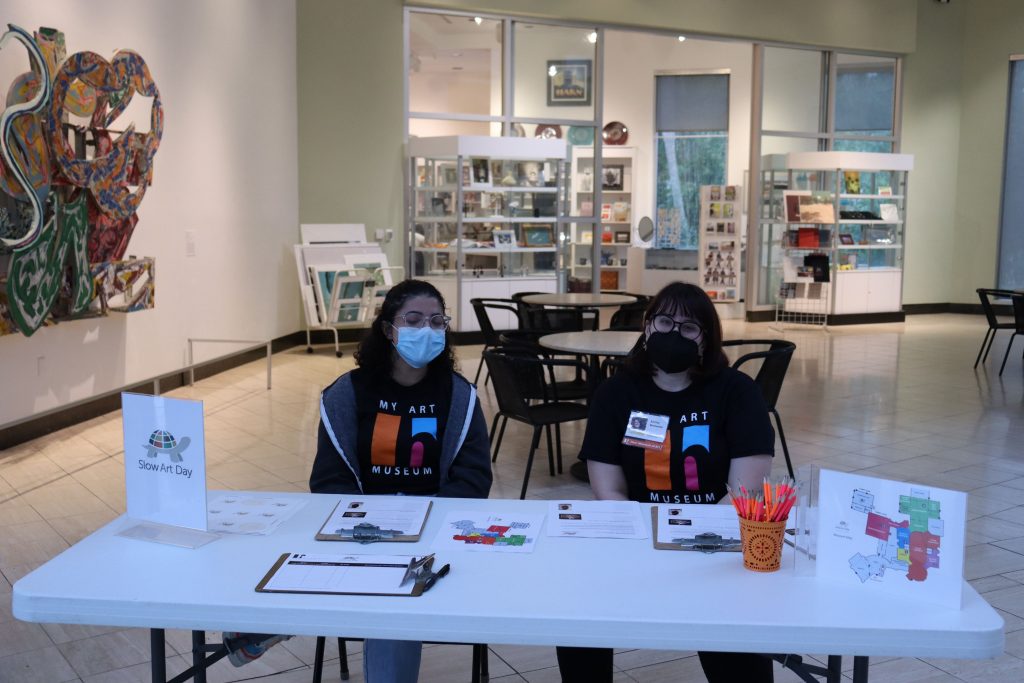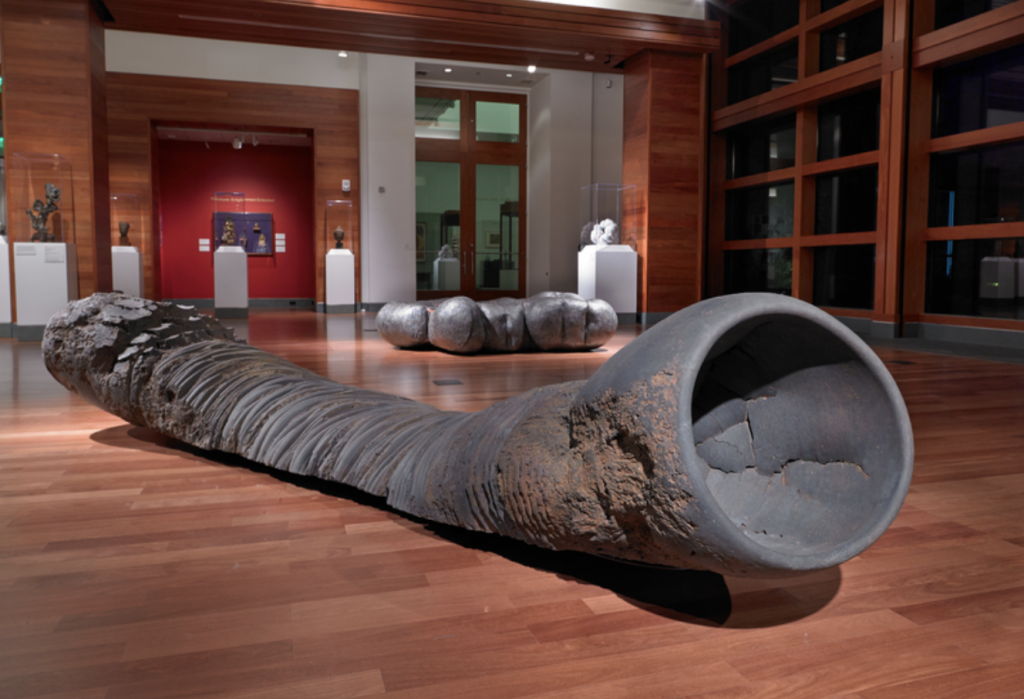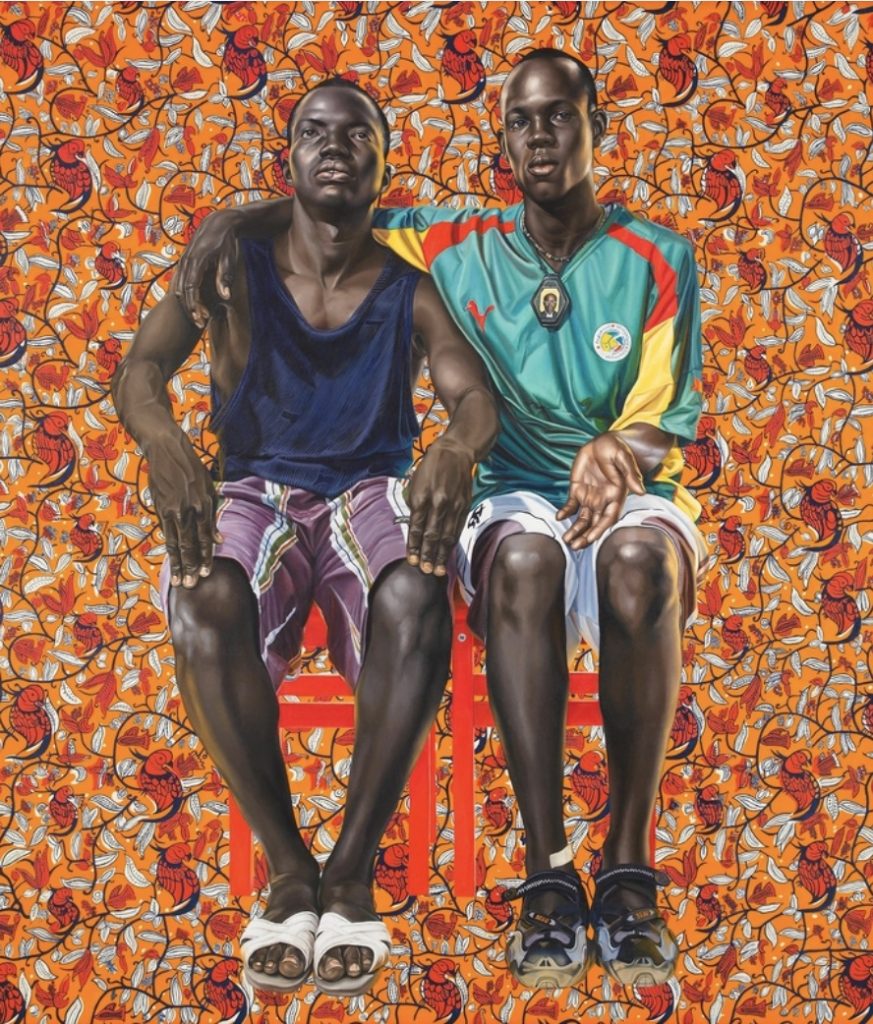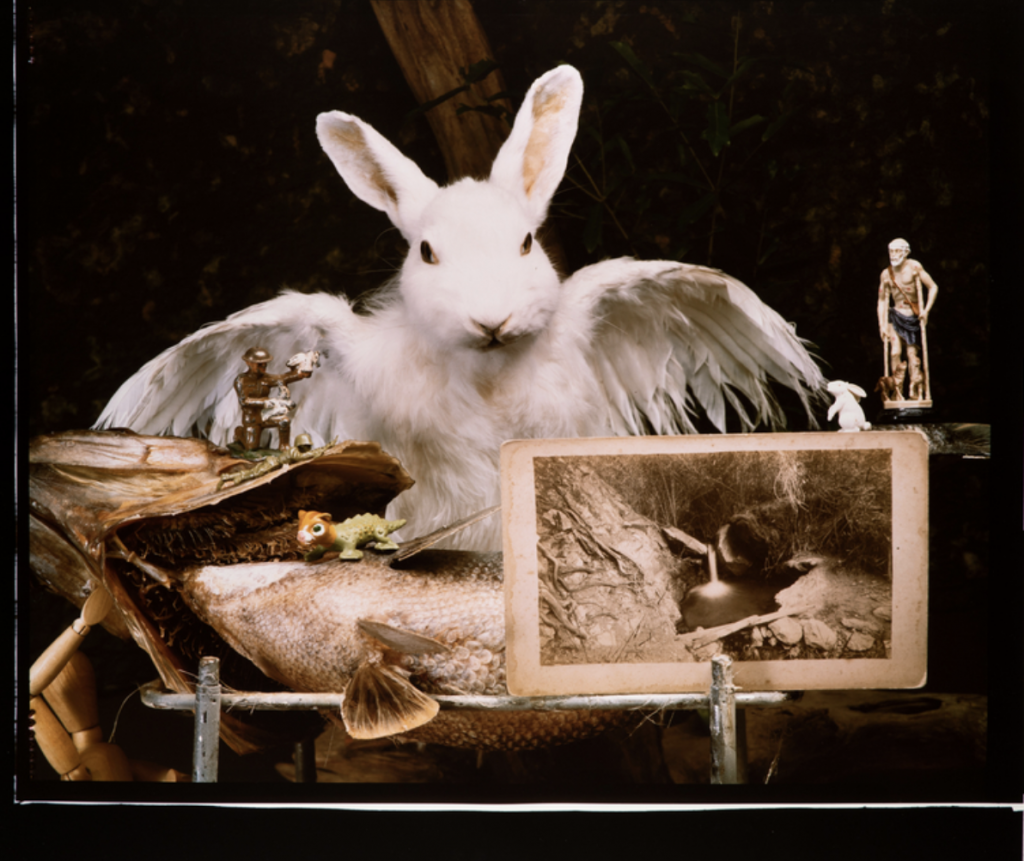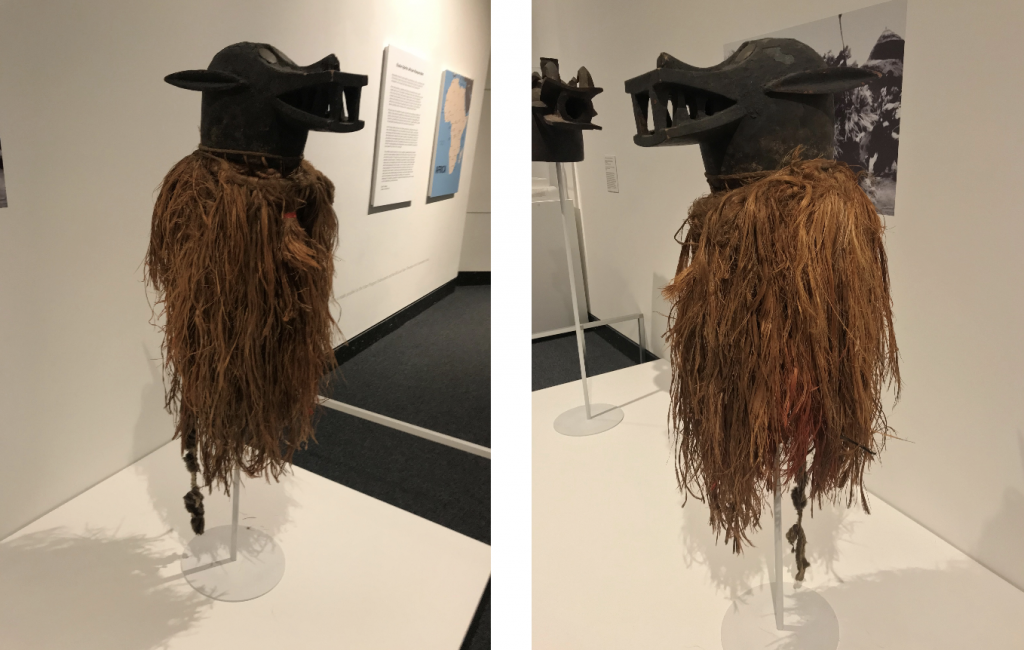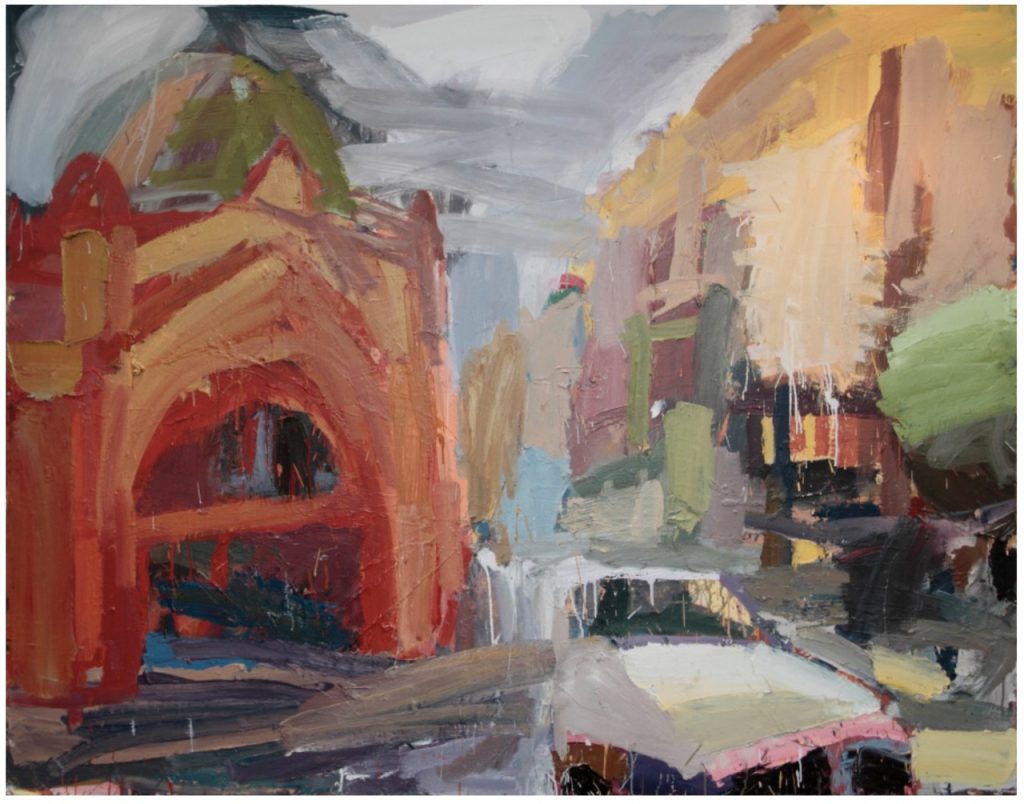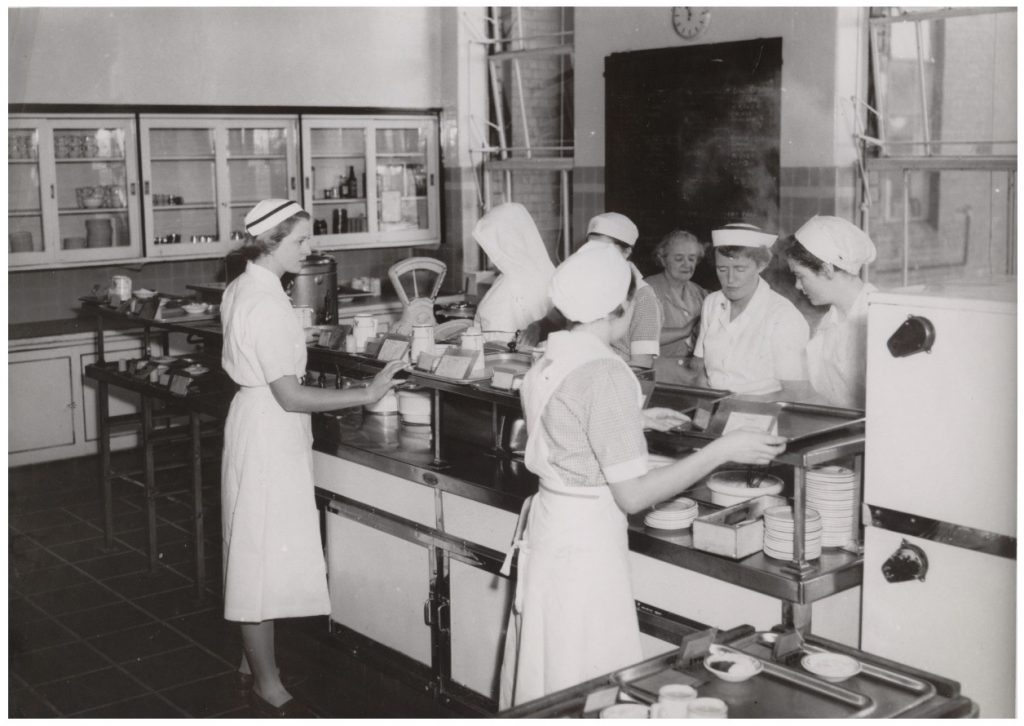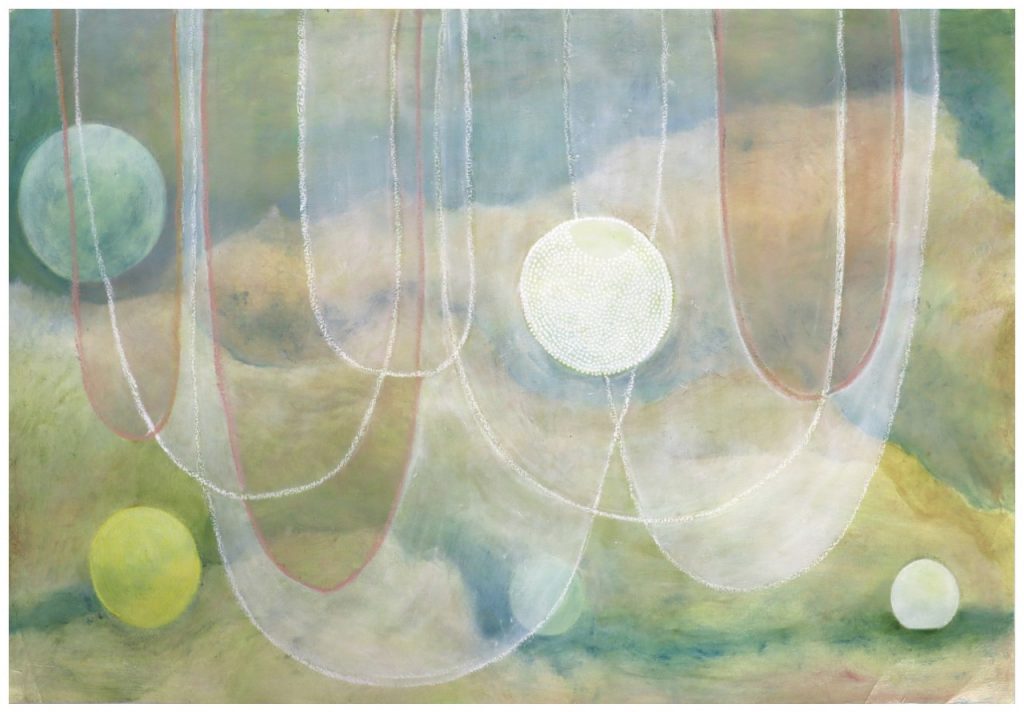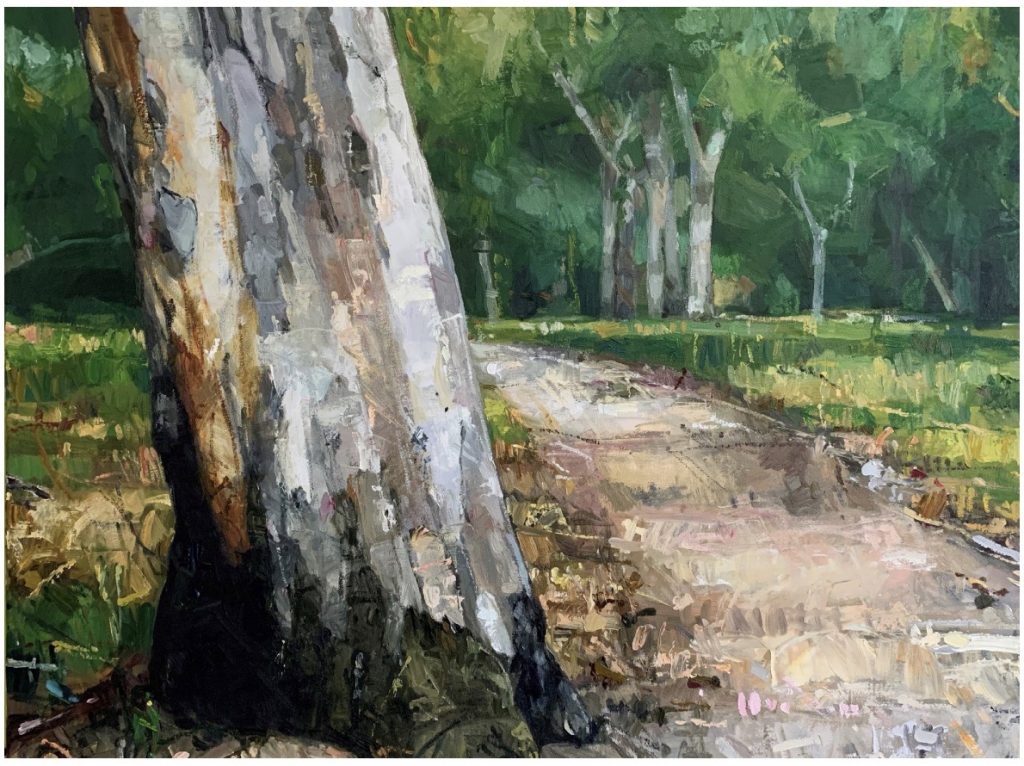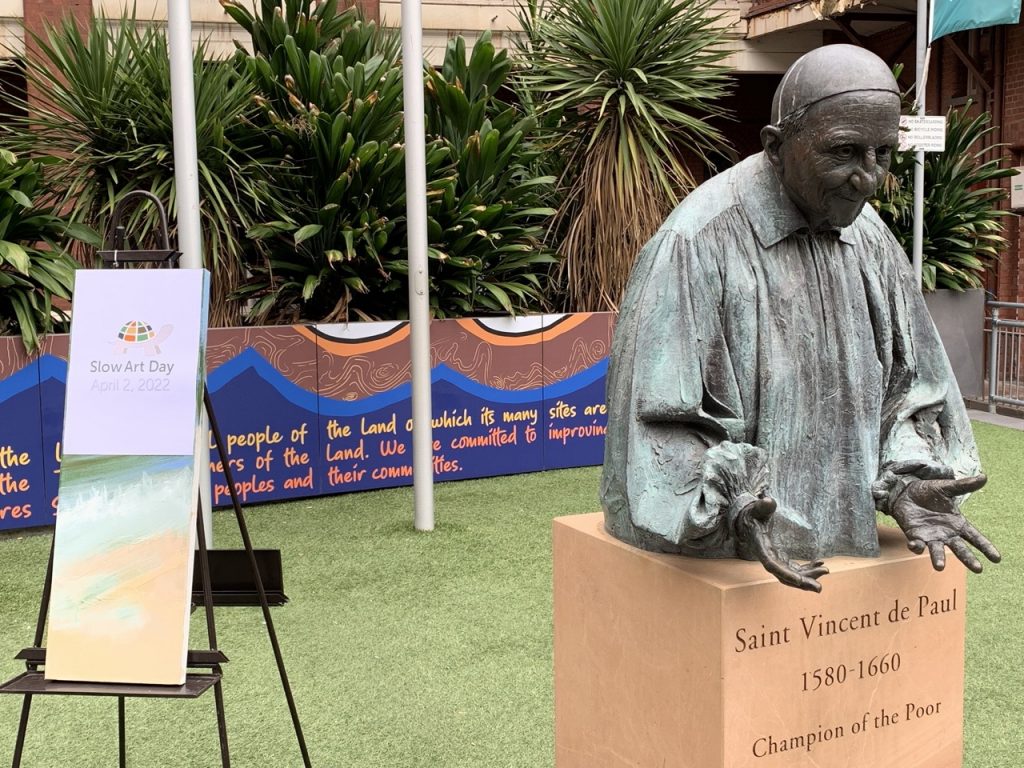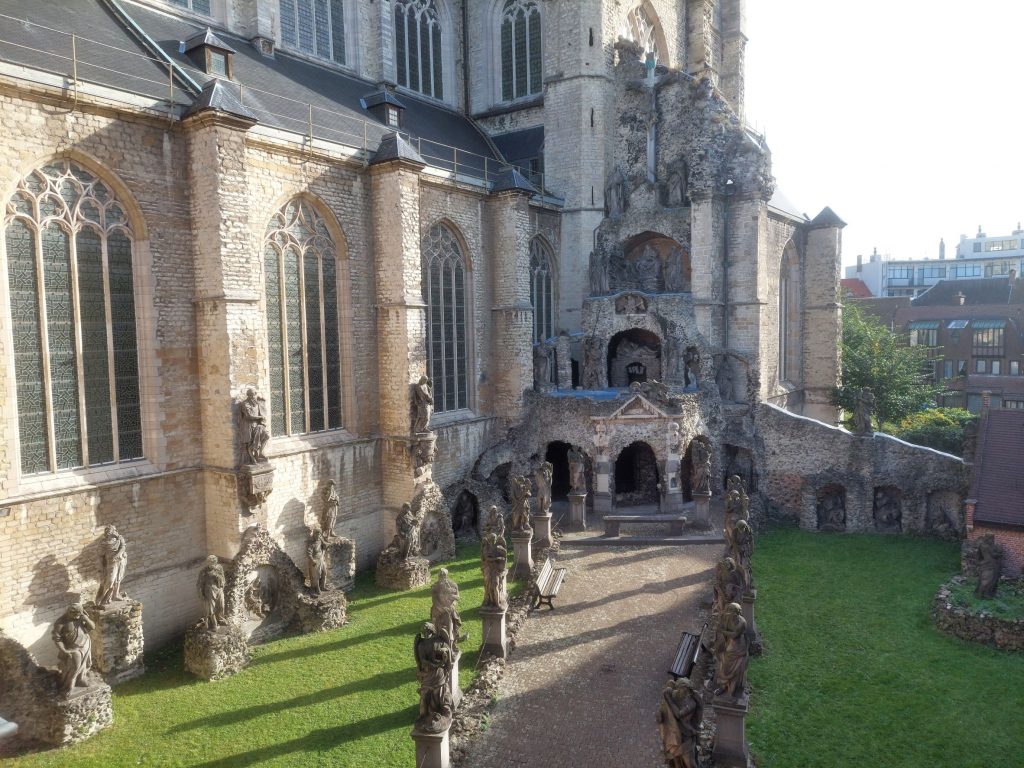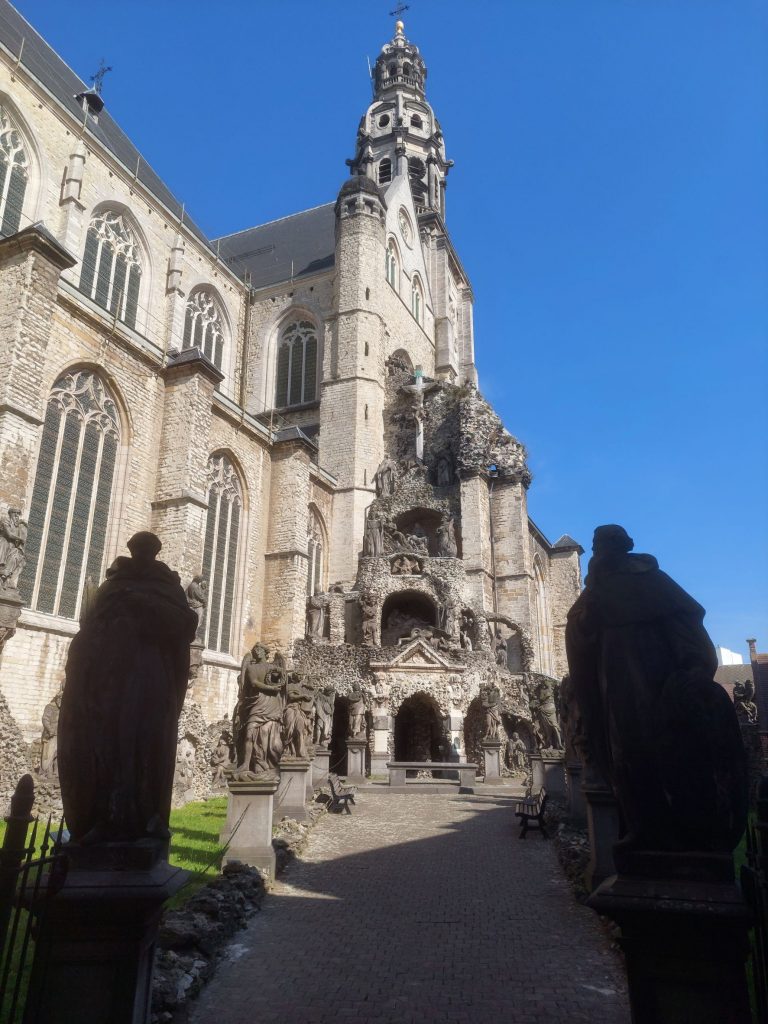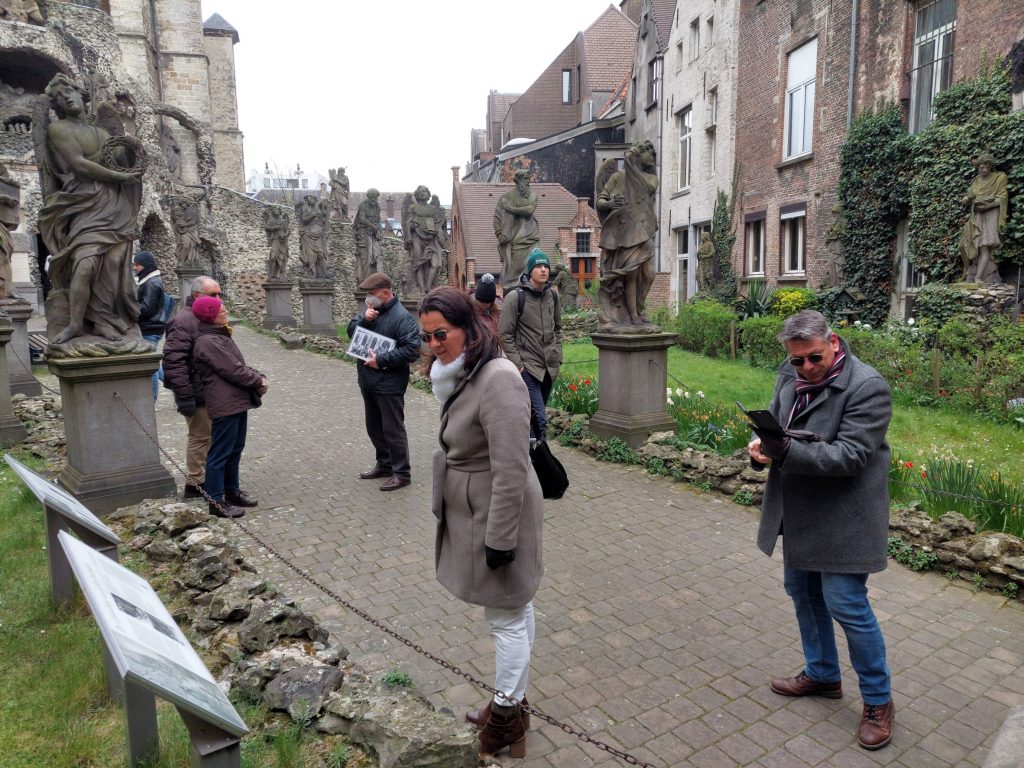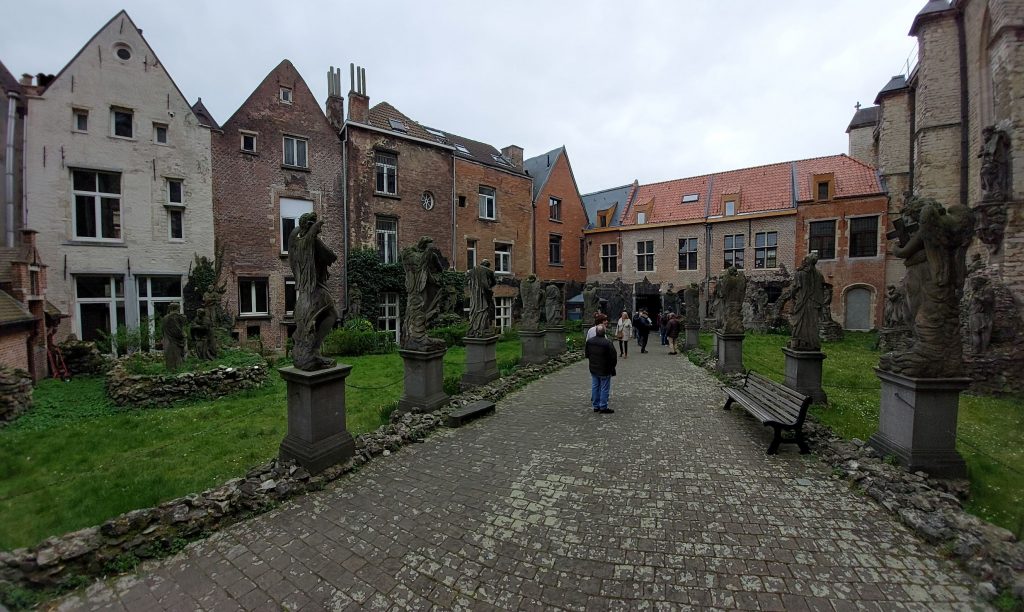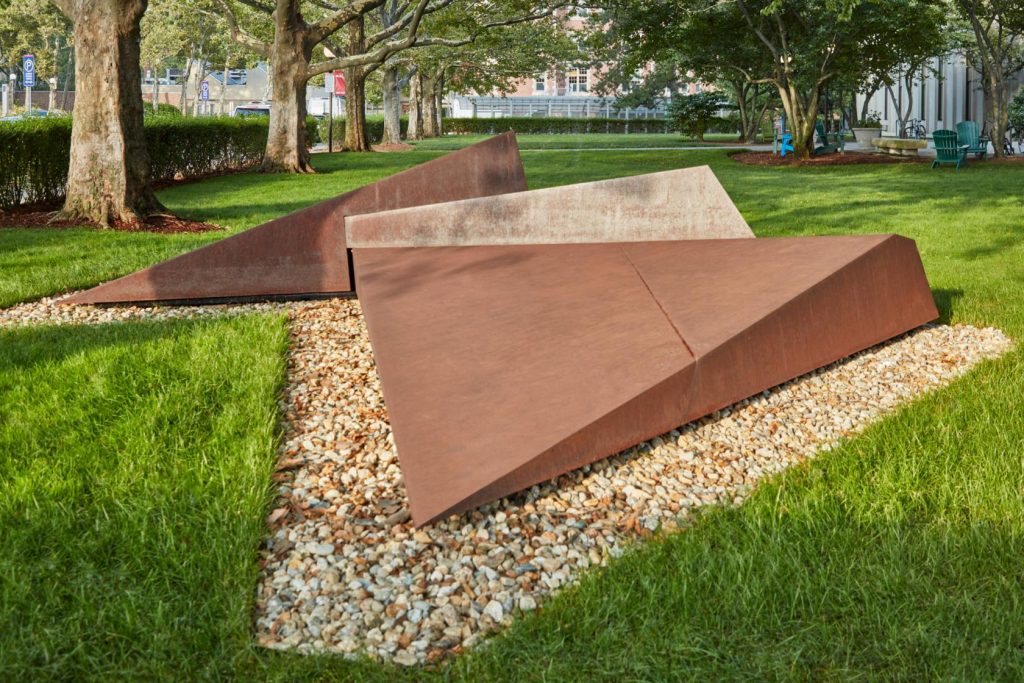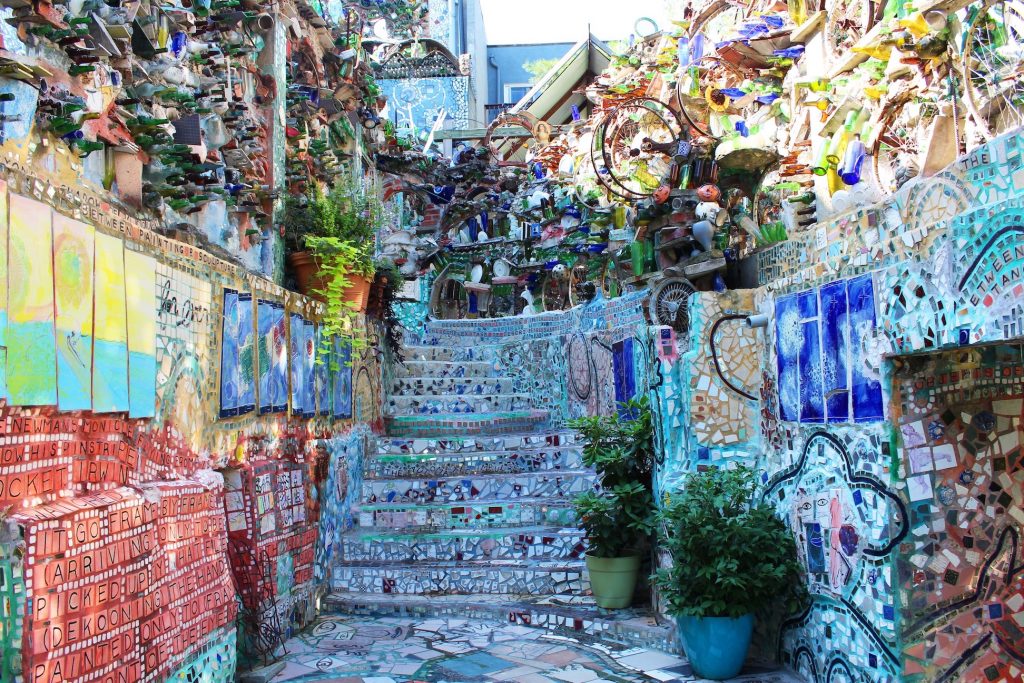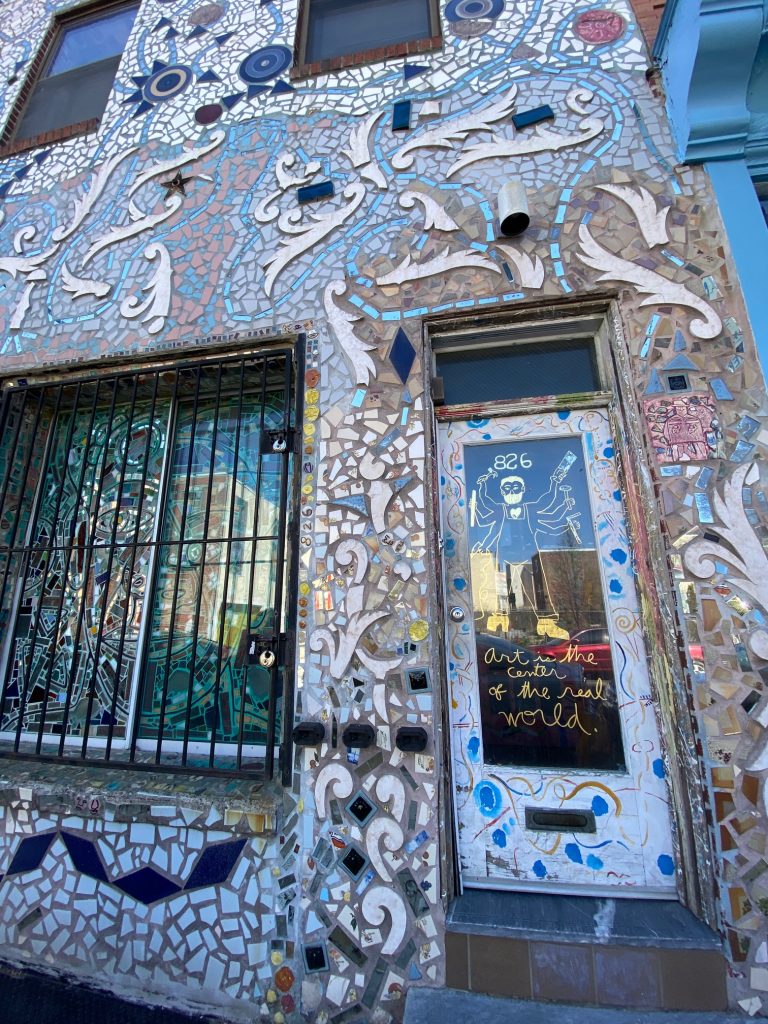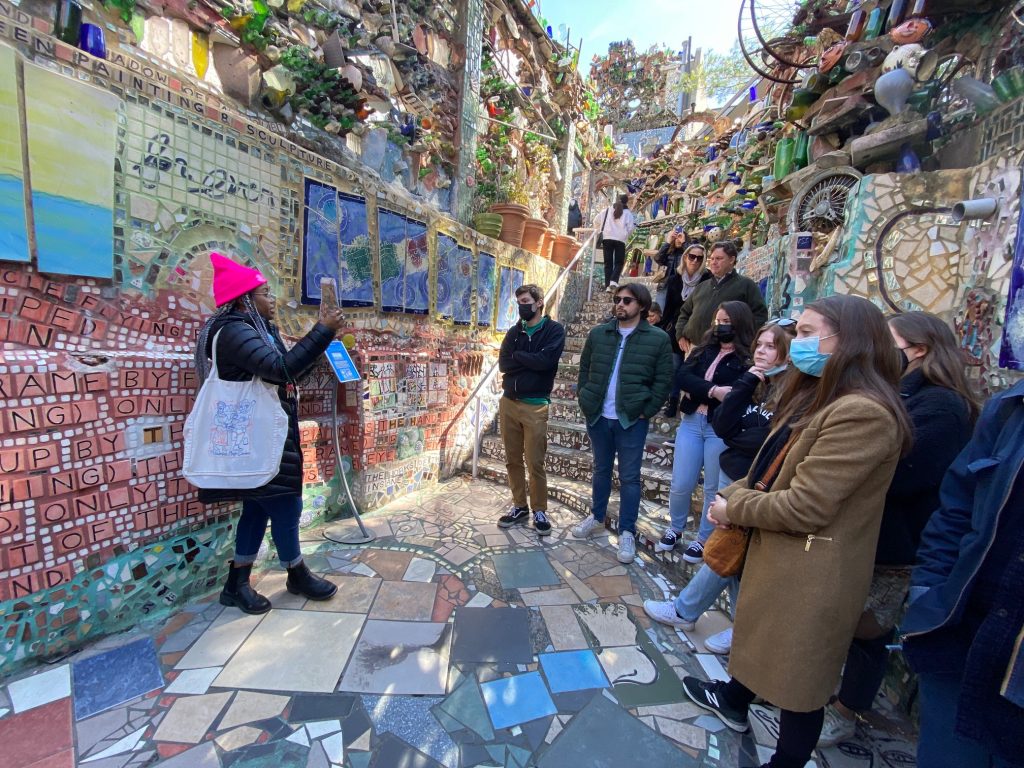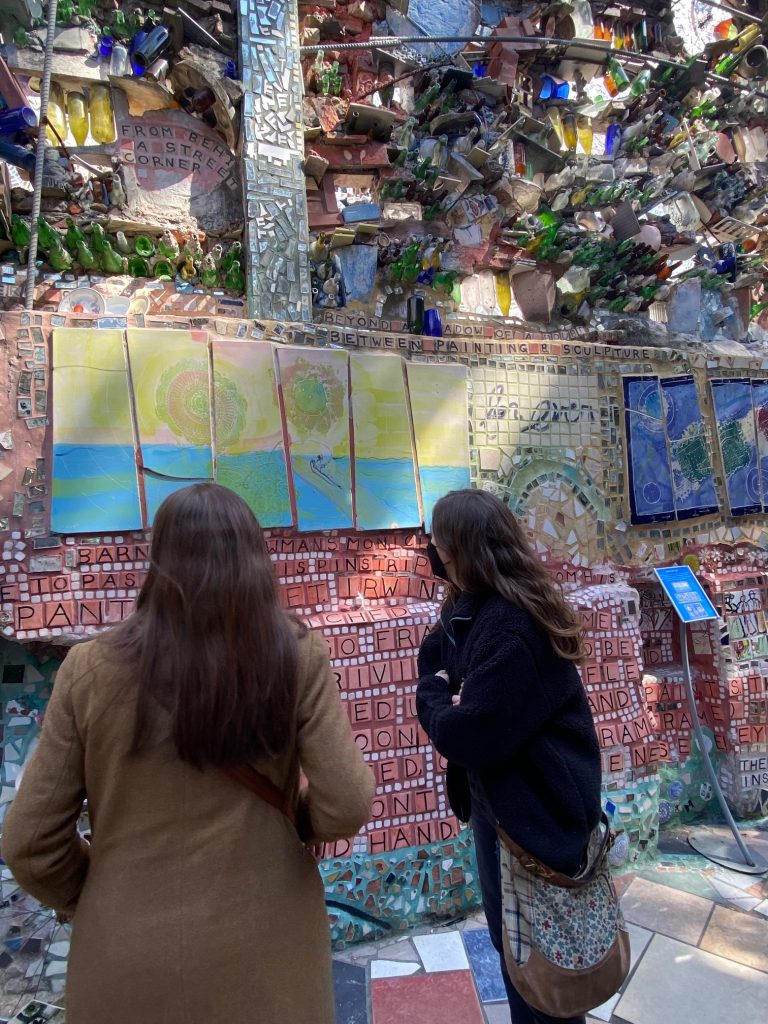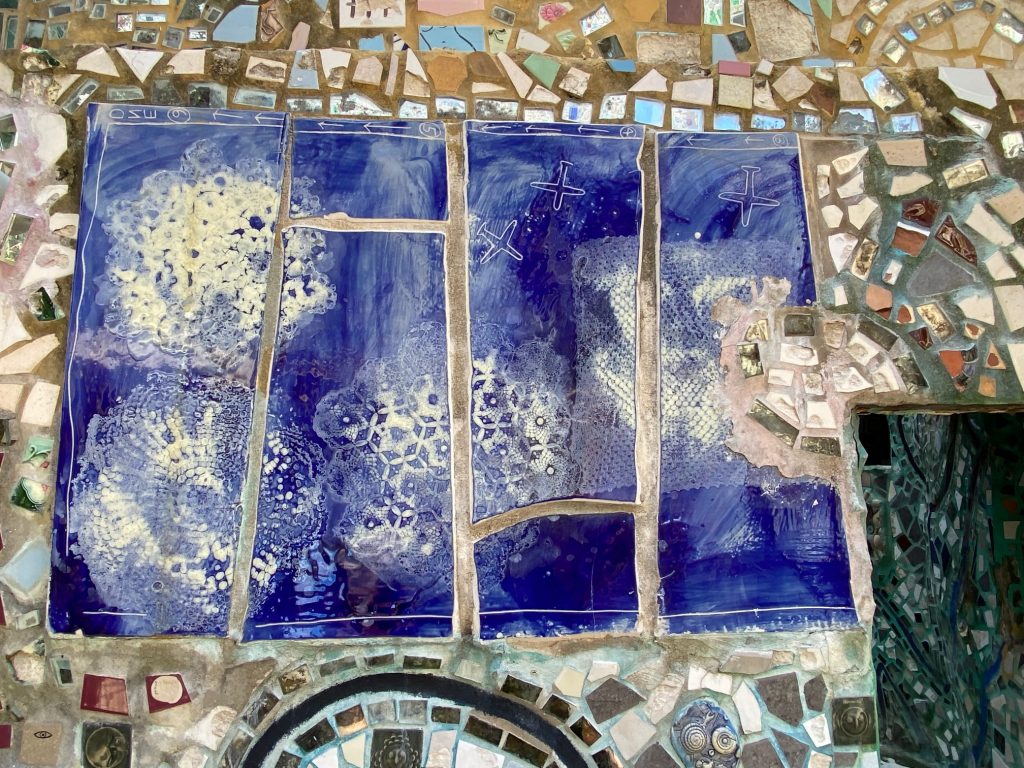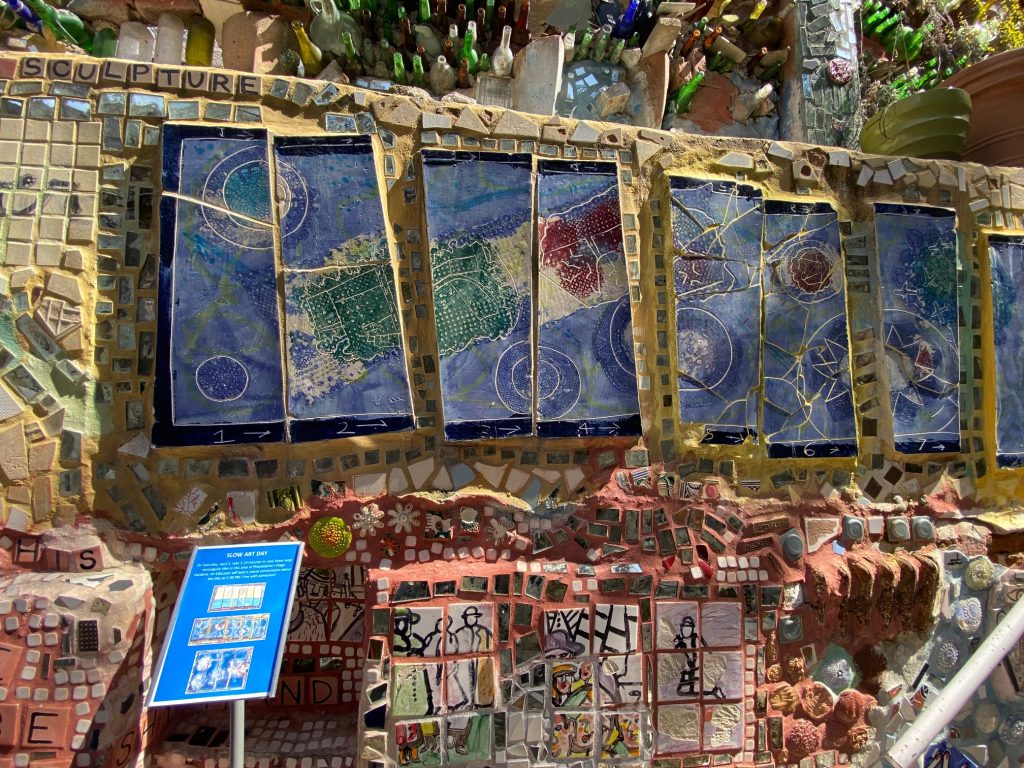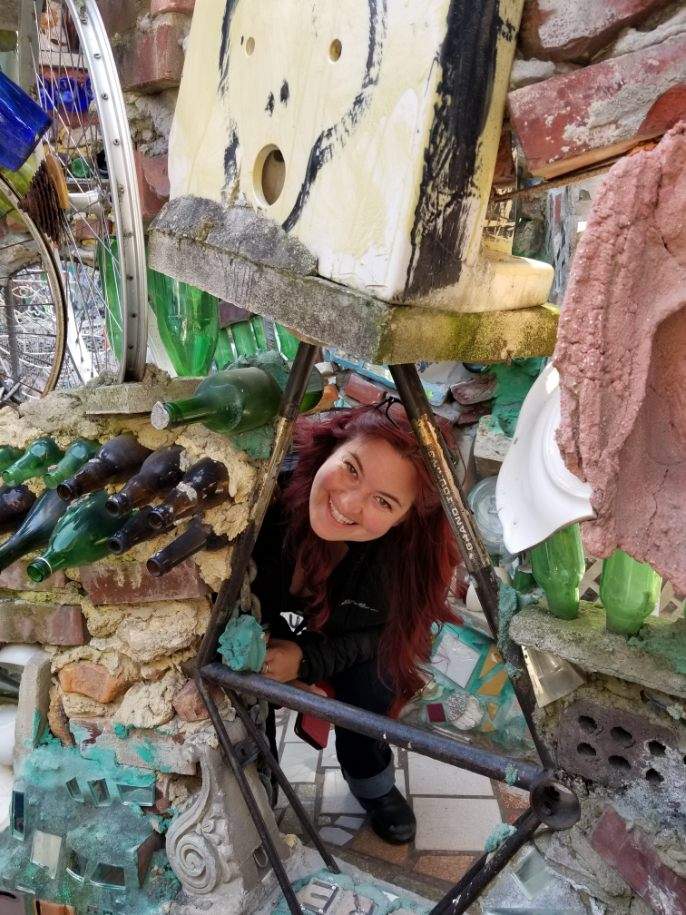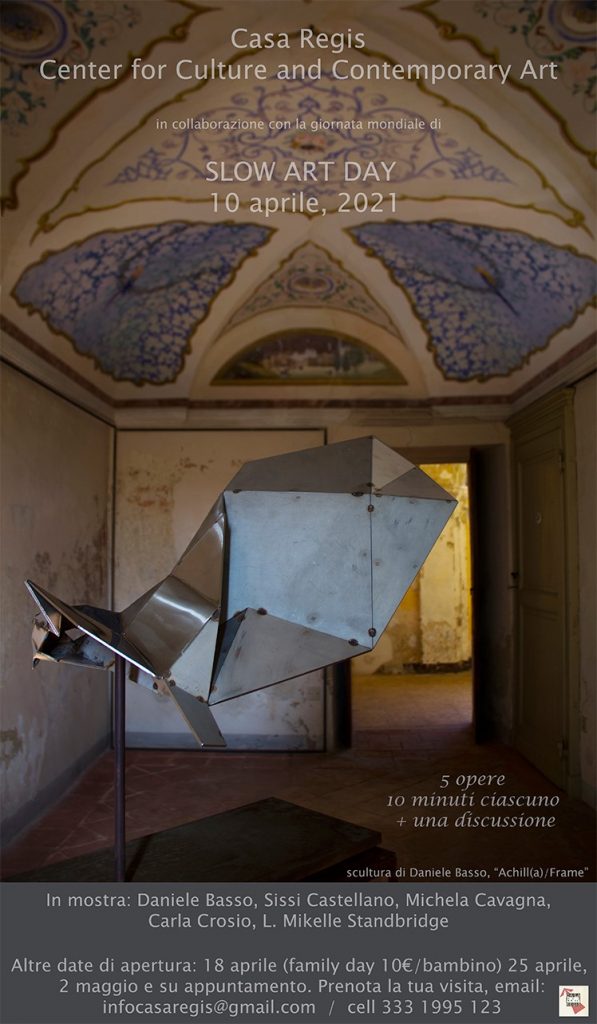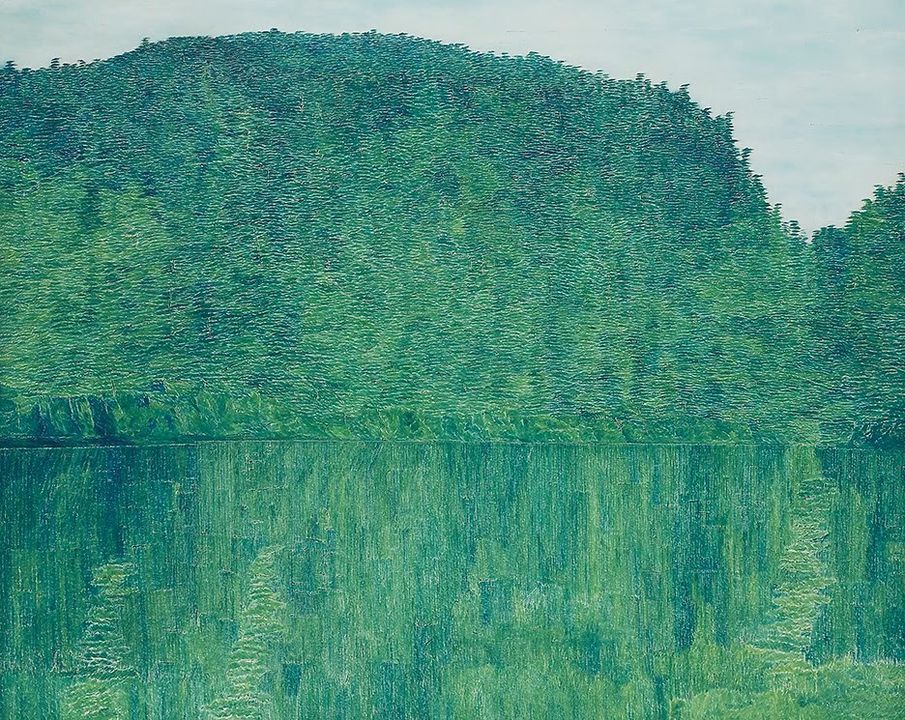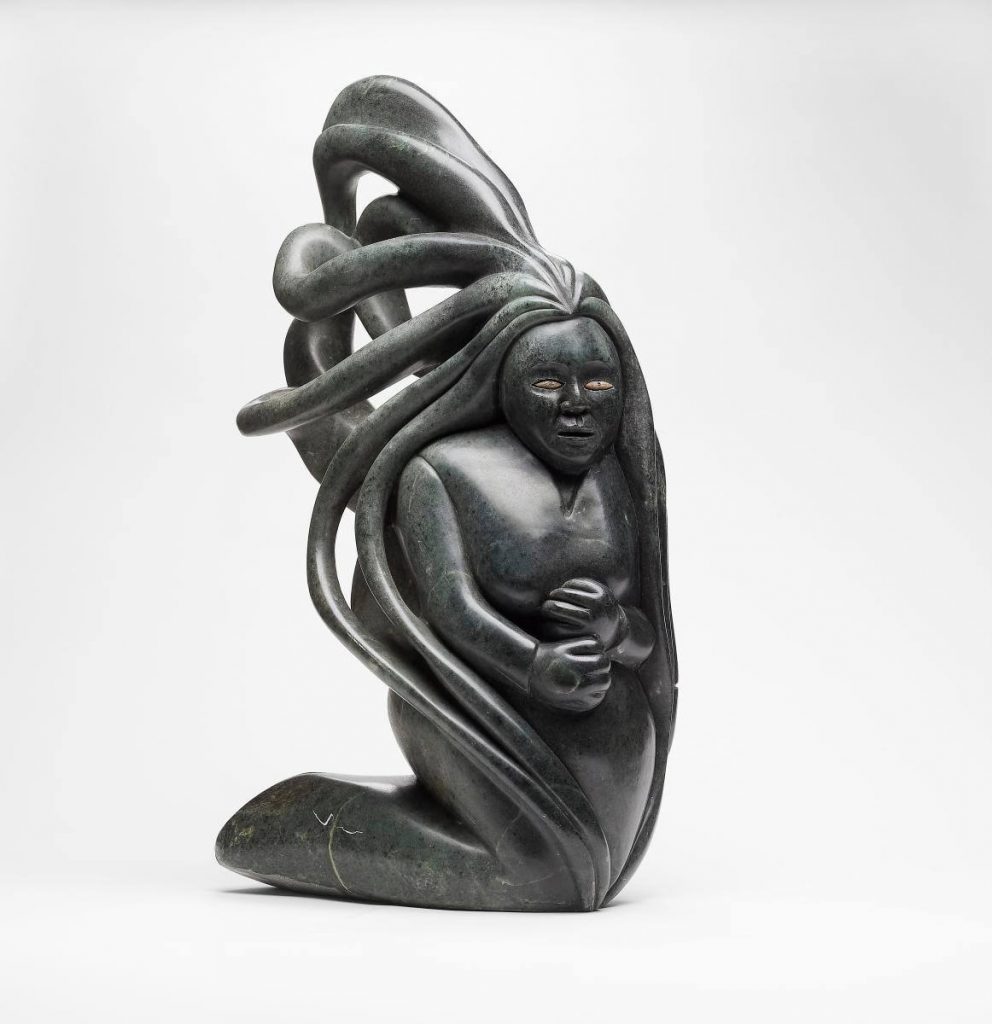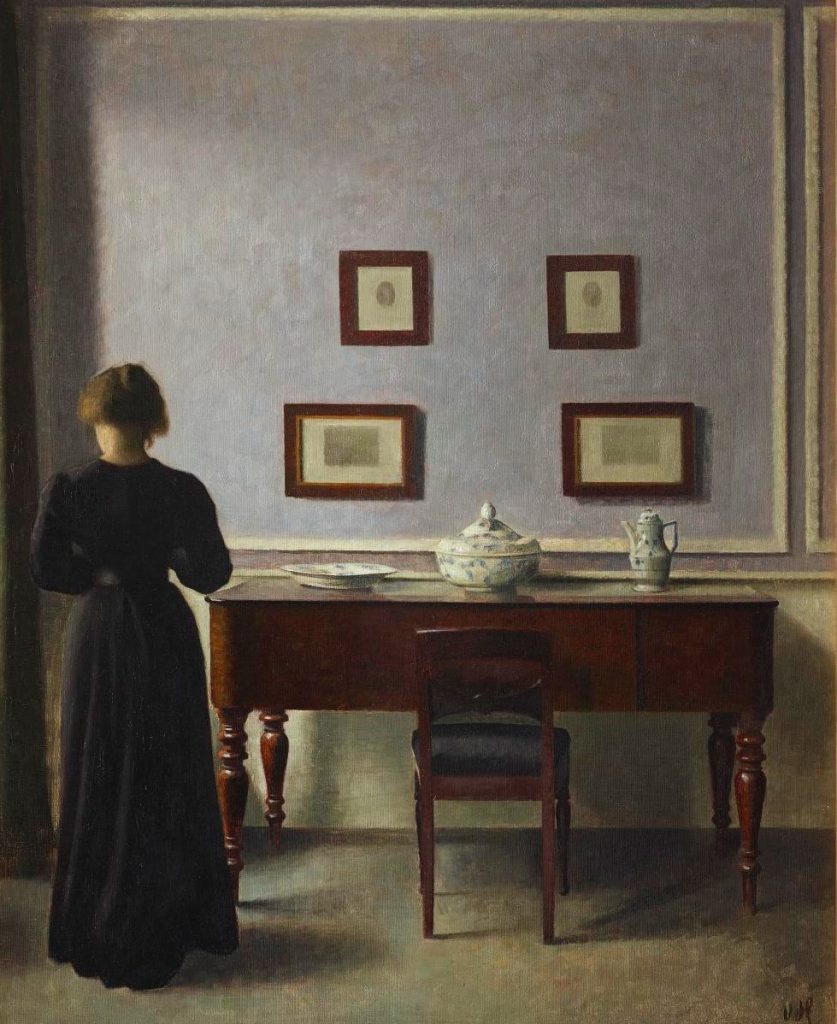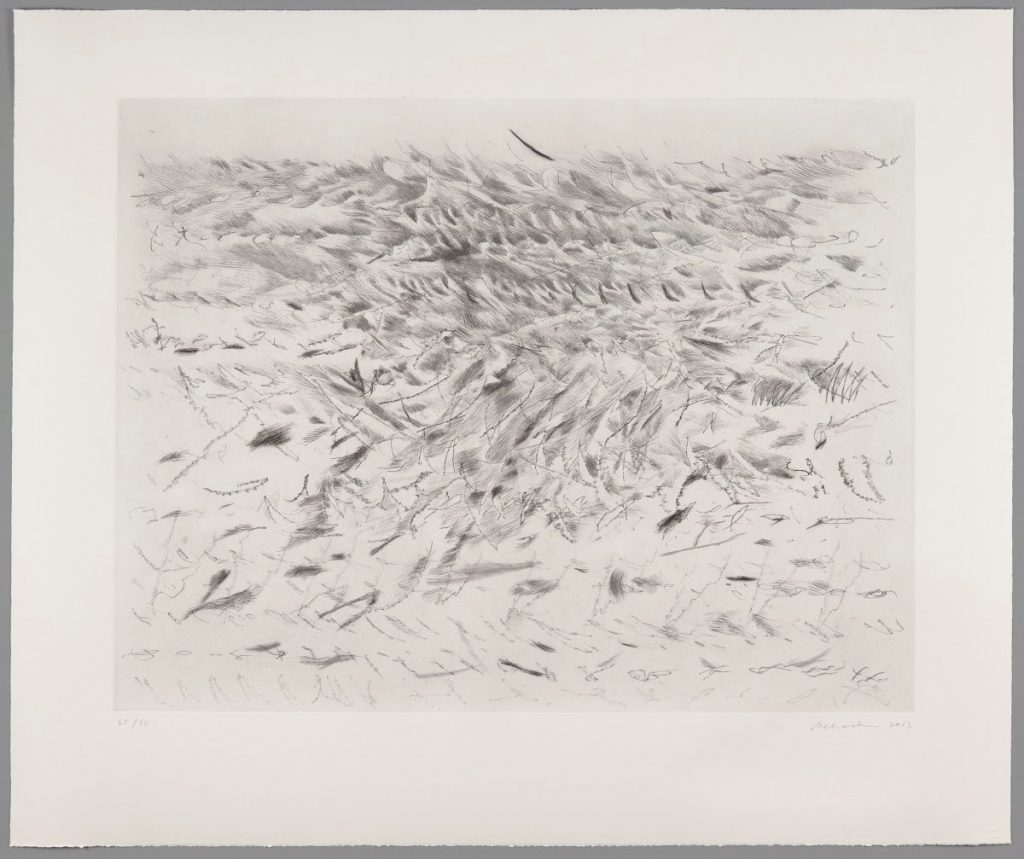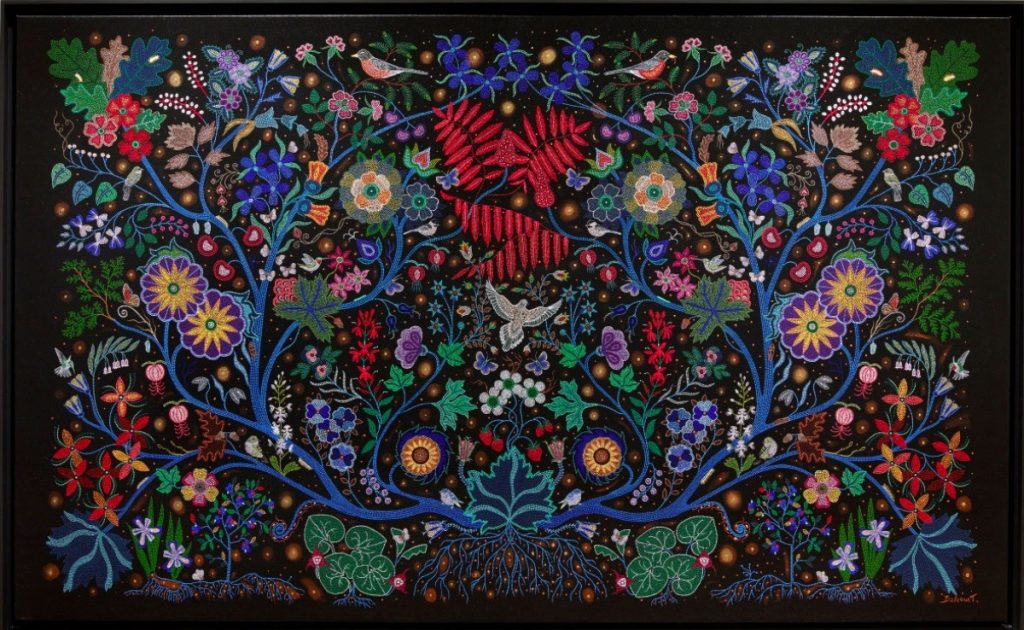Slow Art Day is but *2* days away and more than 185 museums have registered their events, including five in Philadelphia, making that city part of a growing number of cities hosting 5, 10 or more events.
[Remember to register your Slow Art Day with us so we can write-up a report about your work and feature you in our next Annual Report, which has become the Bible of the slow looking movement.]
Philadelphia Inquirer journalist Michelle Myers wrote a wonderful article about the citywide Slow Art Day – Everything You Need to Know About Slow Art Day in Philadelphia.
For the educators and curators reading our blog, here’s a quick summary of the design of the five events.
1. The Barnes Foundation
With a lot of support from Bill Perthes, the foundation’s Bernard C. Watson director of adult education, The Barnes Foundation has participated in Slow Art Day since 2017. This year visitors will have an hour to observe four works of art, including pieces by Paul Cézanne, Henri Matisse, Honoré Daumier, and Pablo Picasso. Participants will then gather for a 30-minute conversation with Michael Williamson, a member of the Barnes faculty and former Germantown Friends School art history teacher.
2. Corridor Contemporary
Corridor Contemporary will showcase their exhibition, “Printed Perspectives,” which features printmaking techniques such as silk screening and lithography. Visitors can visit the gallery for free between 6 and 9 pm and observe each piece.
3. Glen Foerd
Glen Foerd, primarily known as a historic site and arboretum, will provide participants with a chance to observe four works of art: a portrait by Sir Peter Lely, Poppies in Vase by Hobson Pittman, The Virgin and Child with the Infant St. John the Baptist by Girolamo da Santacroce, and An Archive of Desire by Jennifer Johnson. Participants will then gather for a conversation with executive director Ross Mitchell, discussing aesthetics and themes of each artwork.
4. Philadelphia Magic Gardens
This year, the Magic Gardens will observe four pre-selected, untitled terracotta sculptures by the Garcia family of Oaxaca. The gardens anticipate 15 to 20 participants, and the conversation will be guided by educator Samantha Eusebio, focusing on folk art and the importance of passing down family traditions.
5. Philadelphia Museum of Art
The museum’s Slow Art Day event is a guided walk around the Anne d’Harnoncourt Sculpture Garden, led by mindfulness instructor Grady Bates. Visitors will observe Bronze Bowl with Lace by Ursula von Rydingsvard and other works of art.
Wherever you are in the world – Philadephia, Prague (Czech Republic), Pamplona (Spain), Pecs (Hungary), Parkes (Australia), or Provo, UT (U.S.), we hope you have a GOOD and Slow Art Day 2023.
Best,
Phyl and the volunteer Slow Art Day team
P.S. If you need the Slow Art Day logo for use in your print or digital efforts, or any of the tools and tips from our Annual Reports, then go to the host tools section of our Slow Art Day website.

